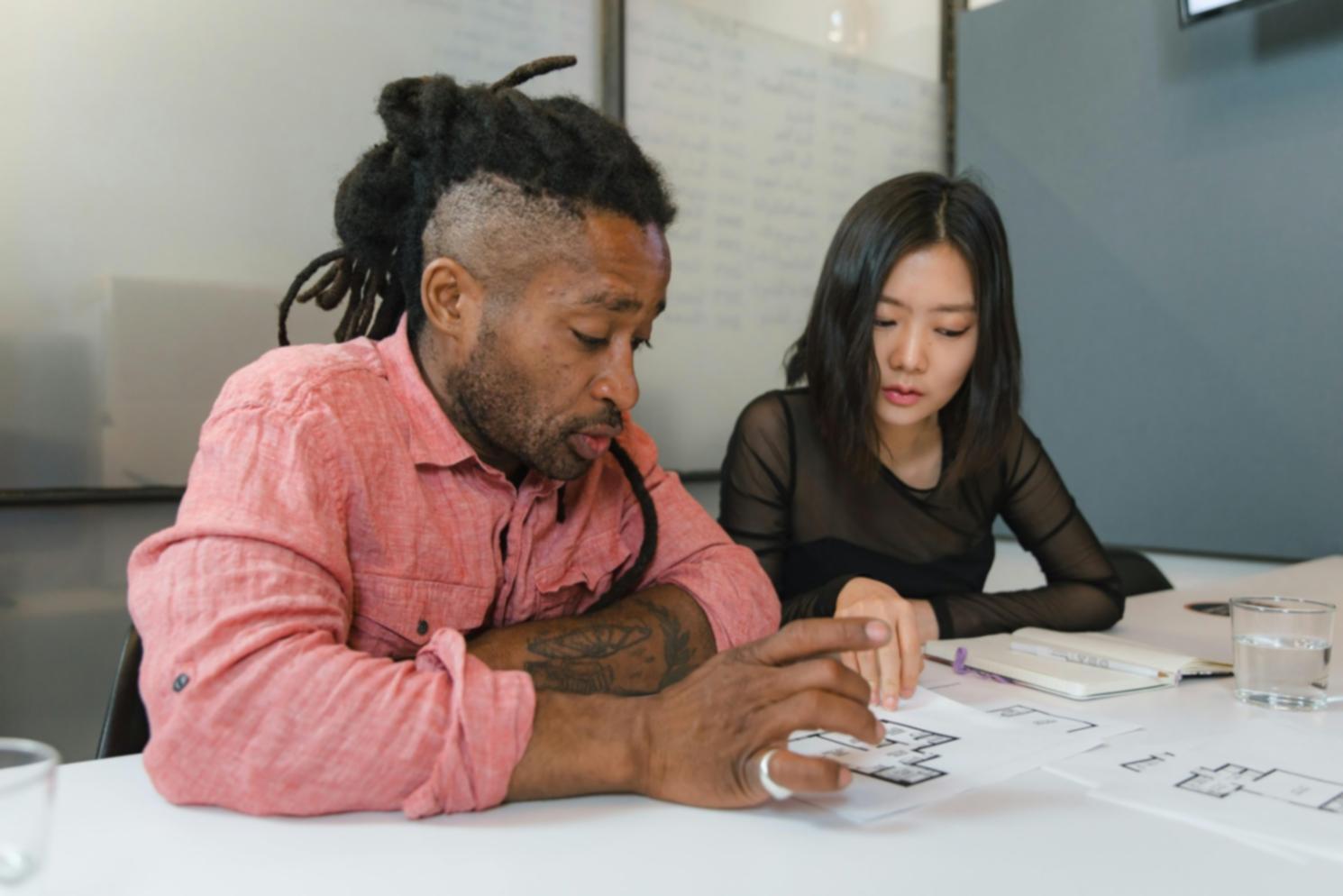Building Projects That Last Beyond Deadlines
We've spent years working in project management across Thailand's construction and development sectors. And honestly? The conversation about sustainability used to feel like an afterthought. Not anymore. Our approach weaves environmental responsibility directly into workflow planning because the best projects benefit everyone involved.
Discuss Your Project
How We Think About Sustainable Workflows
It starts with questioning assumptions. Most project workflows were designed when efficiency meant speed at any cost. We're rethinking that.
Resource Mapping
Before planning begins, we analyze what resources actually get used versus what gets wasted. This includes materials, time, and energy. You'd be surprised how much gets overlooked in traditional planning.
Digital-First Documentation
We moved away from paper systems back in 2023. Every workflow uses cloud-based tools that reduce physical waste while making collaboration easier for teams spread across different sites in Thailand.
Vendor Partnership Standards
Your suppliers matter. We help establish criteria for working with vendors who share environmental commitments. This creates ripple effects throughout the entire project ecosystem.
Practical Steps We Take With Every Client
These aren't theoretical ideas. They're methods we apply to real projects happening right now in Udon Thani and throughout Thailand's development regions. Some are small changes that compound over time. Others require bigger shifts in how teams operate.
Energy-Conscious Scheduling
We schedule high-energy tasks during off-peak hours when possible. For projects with heavy equipment use, this reduces strain on local power grids and often cuts costs. It's a win on multiple fronts.
Waste Stream Analysis
Every project generates waste. We track it. By documenting what gets discarded at each phase, we identify patterns and find opportunities to repurpose or reduce. One 2024 client cut material waste by 28% this way.
Local Sourcing Preference
Transport emissions add up quickly. When workflows prioritize locally available materials and services, carbon footprints shrink considerably. Plus, it strengthens regional business networks.
Adaptive Timeline Planning
Rigid deadlines force wasteful shortcuts. Our workflows build in flexibility that allows teams to make environmentally sound choices without jeopardizing completion dates. Quality and sustainability shouldn't compete.

Meeting Pippa Svendsen
Pippa joined us in early 2024 after working with environmental consultancies in Bangkok. She brings something different to project management—a background in ecological systems that helps us see connections others miss.
Her role? Making sure sustainability isn't just a box we check. She reviews every workflow proposal, asks uncomfortable questions, and pushes our team to find better solutions. Sometimes that means redesigning entire planning phases. It's worth it.
Most businesses want to do better environmentally. They just don't know where to start in their existing workflows. My job is showing them the hidden leverage points where small changes create meaningful impact.
— Pippa Svendsen, Sustainability CoordinatorShe's currently developing workshops for clients who want to train their teams on sustainable planning practices. First sessions launch in September 2025.
Our Commitments for 2025 and Beyond
We're not perfect. But we're committed to consistent improvement. Here's what we're focusing on over the next year as we refine our approach to sustainable project workflows.
Every project we take on includes a sustainability review. We document environmental considerations, track outcomes, and share what we learn with clients. Transparency matters.
Explore Our Services